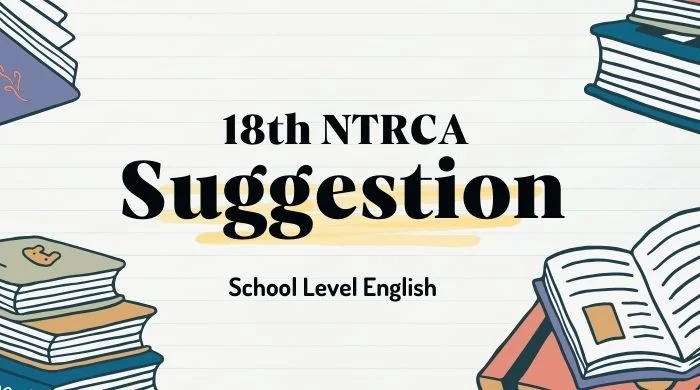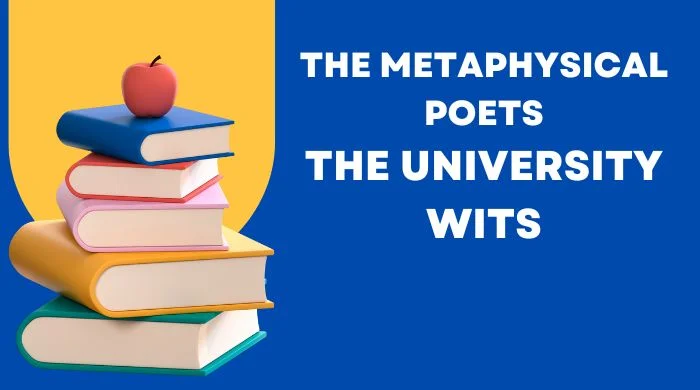Explore the rich world of figure of speech in English language. Discover how metaphors, similes, imagery, and other literary devices enhance communication, add depth to writing, and bring creativity to everyday expressions.
Figure of Speech in English Language
Let’s go through the most important figure of speech in English language metonymy, symbol, and Irony.
Metonymy Figure of Speech
The word metonymy is derived from a Greek phrase meaning “a change of name.” It is a figure of speech in which something is referred to by the name of something else that is closely associated with it.
Functions of Metonymy:
(i) Metonymy can imbue objects, actions, or concepts with symbolic meaning. (ii) Metonymy allows writers to convey complex ideas concisely.
(iii) Metonymy often triggers emotional responses and associations in the reader’s mind.
(iv) Metonymy can be employed to foreshadow future events.
Example,
“The pen is mightier than the sword.”
In the above sentence, the words – ‘pen’ and ‘sword’ contribute to the effect of metonymy. The two words are not used in a literal sense. On the contrary, the term ‘pen’ refers to intellect and thought and the term ‘sword’ refers to military aggression. The sentence means that intellect and thought are more powerful than physical acts of violence during war.
Symbol Figure of Speech
In the broadest sense, a symbol is anything that signifies something. In literature, a symbol is usually something concrete an object, a place, a character, or an action that stands for something abstract. A symbol is different from a sign. The sign has only one meaning. A symbol is more complex than a sign. In its simplest sense, it is also something that stands for something else. For example, the dove is a symbol of peace; a peacock stands for pride, the rising sun for birth, and the setting sun for death. The Forest of Arden in Shakespeare’s As You Like It stands for a place of escape from civilization. The journey of Coleridge’s Ancient Mariner may symbolize the universal journey into the depths of despair and back to psychological and spiritual stability.
Functions of Symbolism
(i) Symbolism adds double levels of meanings to a work: a literal one and a symbolic one.
(ii) The symbolism gives universality to the characters and the themes of a piece of literature.
(iii) Symbolism in literature evokes interest in readers as they find an opportunity to get an insight of the writer’s mind on how he views the world and how he thinks of common objects and actions. having broader implications.
Examples
“All the world’s a stage,
And all the men and women merely players; they have their exits and their entrances;
One man in his time plays many parts,”[As You Like It, Shakespeare] The lines are symbolic in the sense that men and women, in the course of their lives perform different roles. “A stage” here symbolizes the world and “players” stand for human beings. The symbolism here gives universality to the characters and the theme of the piece of literature.
Irony Figure of Speech
The word irony is derived from the Greek word eiron meaning a dissembler. It is a figure of speech in which we say one thing when we mean another. By this figure, we say one thing but mean just the opposite we pretend to praise something or someone, but mean to blame or ridicule it or him. It is a strong and effective instrument of attack. An often-quoted example of irony is “Brutus is an honorable man” from Shakespeare’s Julius Caesar. Antony says this in his oration over the dead body of Caesar. This appreciation of Brutus really means that Brutus who killed Caesar is an ignoble man.
Functions of Irony
(i) Irony draws attention to disparities between expectation and reality.
(ii) Irony adds layers of meaning to a text or conversation.
(iii) Irony often generates humour by exposing absurdities, contradictions, or unexpected outcomes.
(iv) Irony can be a tool for social commentary or satire. (v) Irony is often used to convey sarcasm or cynicism.
Examples
“Go ask his name: if he be married. My grave is like to be my wedding bed.“[Romeo and Juliet, Shakespeare]
Here Juliet commands her nurse to find out who Romeo was. She says if Romeo were married, then her wedding bed would be her grave. It is a verbal irony because the audience knows that she is going to die on her wedding bed. The function of this irony is to bring about some added meanings to a situation.
Climax Figure of Speech
A climax is a figure of speech in which words, ideas, or sentiments are stated in such a manner that the meaning rises from a less important or less impressive stage to a more important or more impressive stage. The ideas, in other words, are arranged in ascending order of importance so that each succeeding idea is more striking and impressive than the previous one. In the climax, we gradually rise from a less important idea to a more important one.
Functions of Climax:
(i) Climax is used to render balance and brevity to speech or writing. (ii) It can instantly capture the undivided attention of listeners and readers alike.
Example
He smiled, he laughed, he roared.
This is an instance of climax. In the climax, a series of events or ideas are arranged in order of increasing importance. Here the speaker says that he first smiled, then laughed, and finally roared. Thus, the sentiments of the speaker are stated in a manner that the meaning rises from a less important stage to a more important stage. The climax is here used to render balance and brevity.
Anti-climax

Anti-climax or Bathos is a figure of speech that consists of a sudden fall from the lofty to the mean, from the elevated to the commonplace to produce a comic or satiric effect. In this figure, ideas are arranged in descending order of importance from the more impressive to the less, from the dignified to the petty, and the purpose behind such arrangement is to excite laughter.
Functions of Anti-Climax
(i) Generally ludicrous or comic effect is produced by anti-climax. (ii) It can be employed as a satirical device to criticize something.
Examples
The soldiers fight for glory and a dollar a day.
This is an instance of anti-climax or bathos. When the ideas are for (a) glory, and for (b) a dollar a day. Undoubtedly, ‘glory’ is more presented in descending order, it is called anti-climax. The soldiers fight more important than ‘a dollar’. However, the speaker arranges the ideas in descending order of importance. There is a sudden fall from the lofty to the mean. So, it is an example of anti-climax and its function is to produce ludicrous or comic effect.
 Sopner BCS Sopner BCS: We fuel your BCS dreams
Sopner BCS Sopner BCS: We fuel your BCS dreams




2 comments
Pingback: 4 Examples of Tone in Literature - Sopner BCS
Pingback: 4 Examples of Tone Words in Literature - Sopner BCS